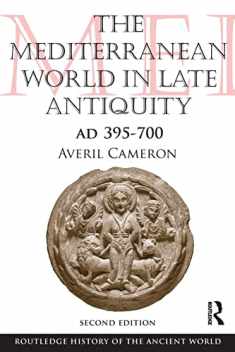
The Roman Empire at Bay, AD 180-395 (The Routledge History of the Ancient World)
Book details
Summary
Description
The Roman Empire at Bay is the only one volume history of the critical years 180-395 AD, which saw the transformation of the Roman Empire from a unitary state centred on Rome, into a new polity with two capitals and a new religion―Christianity. The book integrates social and intellectual history into the narrative, looking to explore the relationship between contingent events and deeper structure. It also covers an amazingly dramatic narrative from the civil wars after the death of Commodus through the conversion of Constantine to the arrival of the Goths in the Roman Empire, setting in motion the final collapse of the western empire.
The new edition takes account of important new scholarship in questions of Roman identity, on economy and society as well as work on the age of Constantine, which has advanced significantly in the last decade, while recent archaeological and art historical work is more fully drawn into the narrative. At its core, the central question that drives The Roman Empire at Bay remains, what did it mean to be a Roman and how did that meaning change as the empire changed? Updated for a new generation of students, this book remains a crucial tool in the study of this period.


We would LOVE it if you could help us and other readers by reviewing the book
Book review





